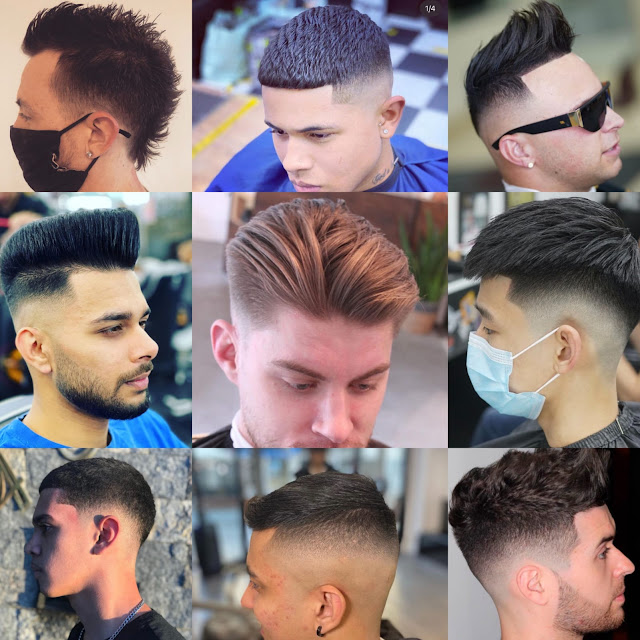Hair Loss in Women: Understanding Alopecia and Finding Solutions
Hair loss, also known as alopecia, is a surprisingly common concern for women. While it's often associated with men, millions of women experience hair thinning or baldness at some point in their lives. This article explores the different types of alopecia in women, their causes, treatment options, and ways to cope with hair loss.
Understanding Alopecia
Alopecia refers to any condition that results in hair loss. It can be temporary or permanent, and the severity can vary greatly. Hair loss can affect the scalp or the entire body. There are several different types of alopecia, each with its own characteristics:
- Androgenetic Alopecia (Female Pattern Hair Loss): This is the most common type of hair loss in women, affecting millions. It's characterized by a gradual thinning of hair on the top and crown of the scalp, often with a widening part line. Genetics and hormonal changes play a role.
- Telogen Effluvium: This type of hair loss involves a sudden increase in hair shedding, often triggered by stress, illness, childbirth, significant weight loss, or nutritional deficiencies. It's usually temporary, and hair typically grows back within a few months.
- Alopecia Areata: This autoimmune disorder causes round patches of hair loss anywhere on the body, including the scalp, eyebrows, and eyelashes. The cause is unknown, but it can be triggered by stress.
- Cicatricial Alopecia (Scarring Alopecia): This type of hair loss occurs when the hair follicle is permanently damaged by inflammation or scarring, preventing new hair growth. It can be caused by conditions like scalp burns, infections, or certain hairstyles that put excessive tension on the hair.
Causes of Alopecia in Women
The causes of alopecia in women vary depending on the type. Here's a breakdown of some common factors:
- Genetics: Androgenetic alopecia has a strong genetic link.
- Hormones: Fluctuations in estrogen and androgen levels can contribute to hair loss, particularly after pregnancy, menopause, or due to hormonal imbalances like polycystic ovary syndrome (PCOS).
- Stress: Severe or chronic stress can trigger telogen effluvium.
- Medical Conditions: Certain medical conditions, medications, and surgeries can cause hair loss as a side effect.
- Nutrient Deficiencies: Deficiencies in iron, vitamin D, or other essential nutrients can contribute to hair loss.
- Hairstyles: Hairstyles that pull tightly on the hair, such as braids or cornrows, can lead to a type of alopecia called traction alopecia.
Diagnosing Alopecia
If you're experiencing hair loss, it's important to see a dermatologist for diagnosis. They will typically discuss your medical history, family history, and examine your hair and scalp. Depending on the suspected cause, they may recommend blood tests or a scalp biopsy to confirm the diagnosis.
Treatment Options for Alopecia
There is no one-size-fits-all cure for alopecia. However, several treatment options can help slow down hair loss, promote new hair growth, or conceal thinning hair:
- Medications: Minoxidil is a topical medication that can be effective for treating androgenetic alopecia in women. Other medications like spironolactone may be used to address hormonal imbalances.
- Laser Therapy: Low-level laser light therapy is a non-invasive option that may stimulate hair growth.
- Hair Transplant Surgery: This surgical procedure involves transplanting hair follicles from a donor area of the scalp to a balding area.
- Hairpieces and Wigs: These can provide a natural-looking hair covering for women with significant hair loss.
Coping with Hair Loss
Hair loss can be emotionally challenging. It's important to remember that you're not alone. Here are some tips for coping:
- Talk to someone: Expressing your concerns to a therapist, counselor, or support group can be helpful.
- Focus on what you can control: While you may not be able to stop hair loss entirely, you can focus on healthy hair habits like eating a balanced diet, managing stress, and using gentle hair care products.
- Explore different hairstyles: There are many hairstyles that can flatter women with hair loss. Consider working with a hairstylist to find styles that work for you.
- Embrace your beauty: Hair loss doesn't define your beauty. There are many ways to express yourself and feel confident, with or without hair.
Living with alopecia can be difficult, but with the right diagnosis, treatment, and support system, you can manage your hair loss and feel good about yourself. If you're concerned about hair loss, reach out to a dermatologist to discuss your options and find a treatment





































